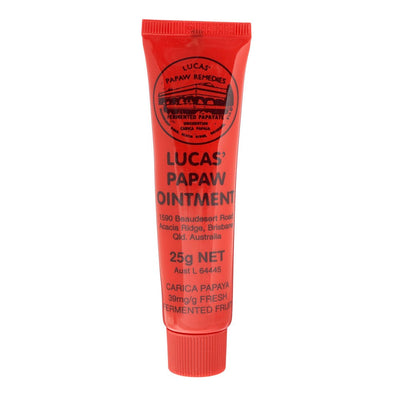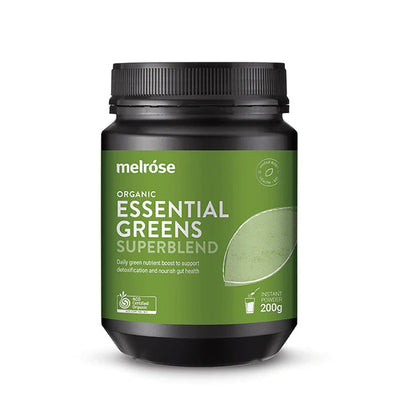Constipation - Causes & Symptons
Constipation is defined as having hard, dry bowel movements or passing stools fewer than three times a week. Constipation is a condition in which you may have stools that are hard, dry, or lumpy; stools that are difficult or painful to pass; or a feeling that not all stool has passed. You usually can take steps to prevent or relieve constipation.

Common Signs and Symptons of Constipation inlude few bowel movements, straining during bowel movements, hard or small stools, a sense of incompleteness, and swollen or abdominal pain. 
Constipation happens when your poo is hard and dry, making it difficult to pass. It's usually caused by:
- not eating enough fibre
- not drinking enough water
- not getting enough physical activity
- ignoring the urge to pass a stool when you need to
- being stressed or having a change in environment
You can also get constipation when you:

- are pregnant
- use laxatives too much
- take certain medications, such as some pain killers or iron tablets
- have a medical condition such as a thyroid problem, Parkinson's disease, multiple sclerosisor depression
- have a problem with your digestive tract, such as irritable bowel syndrome, coeliac diseaseor diverticulitis

If you’re experiencing constipation, the following quick treatments can help induce a bowel movement in as little as a few hours.
1. Take a fiber supplement
Fiber supplements are readily available andan effective and quick way of inducing bowel movements if a low fiber diet is the cause of your constipation. They work by adding bulk, or volume, to your stool. This helps push stool through your intestines and out of your body.
2. Eat foods for constipation relief
Eating foods that are high in fiber can help you find relief from constipation, these are fe that are recommended, Foods that are high in fiber can include:
- oats
- whole grain bread or cereal
- whole wheat pasta
- fibrous fruits, such as apples and bananas
- fibrous vegetables, such as broccoli, carrots, and leafy greens
- brown rice
- beans and lentils
- split peas
- nuts, such as walnuts, pecans, and almonds
Be sure to drink lots of water with these foods, as it will further help push your stool through your system.

3. Drink a glass of water
Proper hydration is necessary for regular bowel movements. Researchers recommend about

4. Take a laxative stimulant
Laxative stimulants are designed to force a bowel movement by squeezing the intestines and may take up to 6 to 12 hours to take effect. You can get stimulants over the counter (OTC) at your local pharmacy. Laxative stimulants are primarily recommended for severe constipation that doesn’t respond to other treatment methods. You also shouldn’t use laxatives until possible secondary causes of constipation have been ruled out.
5. Take an osmotic laxative
The way osmotic laxatives work is slightly differently from how stimulant laxatives work. They’re designed to help move fluids through the colon. Some examples include. It’s important to keep in mind that osmotic laxatives tend to work a bit more slowly than stimulant laxatives. You can expect them to work within 2 to 3 days. With a doctor’s prescription, you can obtain higher strength laxatives.
6. Try a lubricant laxative
Lubricant laxatives
7. Use a stool softener
One common cause of constipation is dehydration, which can cause hard stool. Using a stool softener, such as docusate sodium (Colace) or docusate calcium (Surfak), can moisten the stool by pulling water from your intestines. This allows the stool to exit your body more easily.
8. Try an enema
There are several types of enemas that you can try. Enemas work by softening stool enough to produce a bowel movement. Enemas use liquid to push stools out of the rectum. They can be purchased at a pharmacy or online.
9. Try a suppository
Some treatments for constipation are available as rectal suppositories. These suppositories are inserted into the rectum to help encourage bowel movements by softening stool. You can find them at your local pharmacy.

10. Get in a squat position to poop
Bring a small footstool into your bathroom the next time you need to poop. Placing your feet on a stool in front of the toilet while you poop — so your body is essentially in a squatting position instead of in a seated position — can help you pass stool without straining.
11. Get some exercise
Light exercise, such as walking, yoga, or jogging, can encourage bowel movements by increasing blood flow throughout your abdomen.
12. Try colonic massage
Manually massaging the colon can help stimulate the bowels for people whose constipation is caused by the slow movement of stool through the colon.
So there you have it constipation is often easy to treat, and there are lots of options available for you to use. Obviously the more severe the constipation the more drastic the treatment. Normally a 6-12 hour delay is enough to cure the problem our recommended option is Prunelax which is a 8-12 hour treatment.








Leave a comment